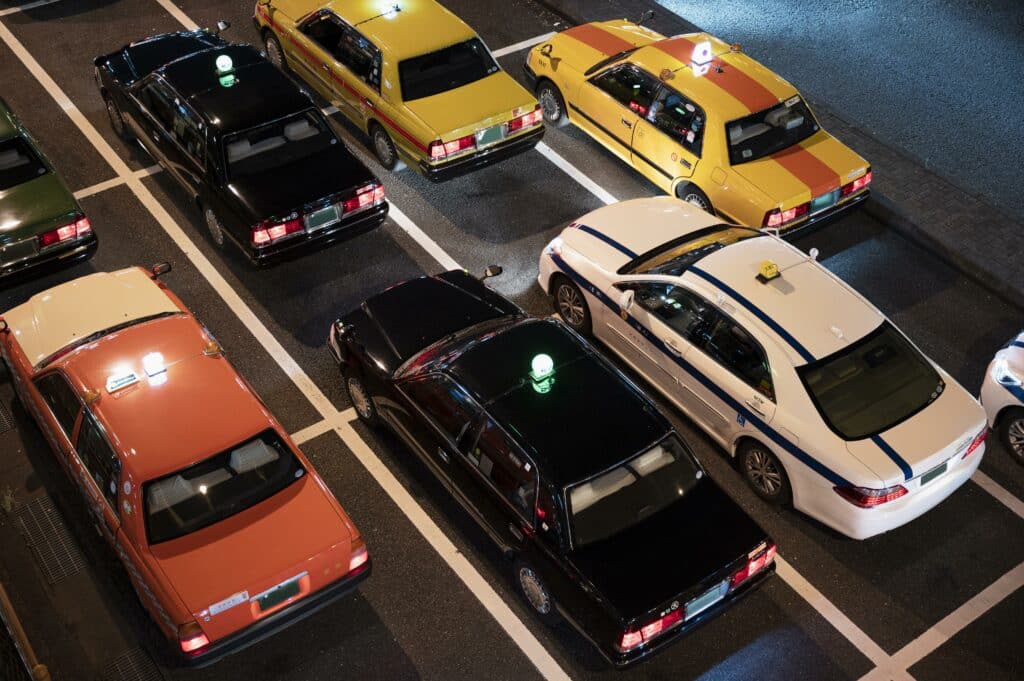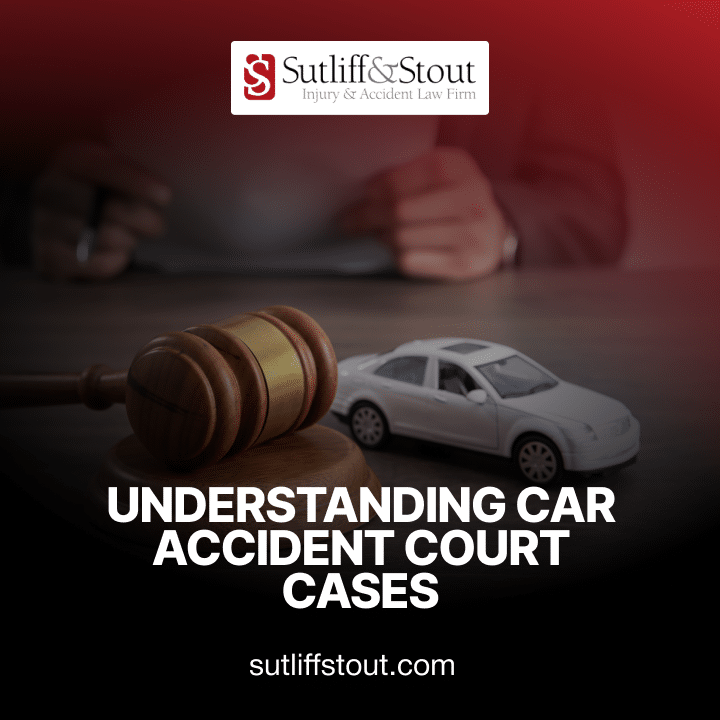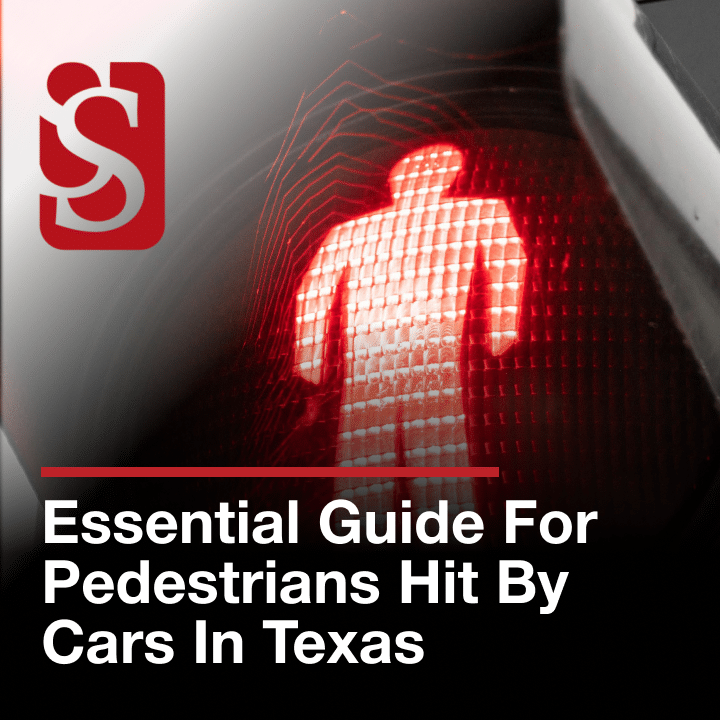Houston, a bustling metropolis, faces numerous challenges with its traffic infrastructure.
One pressing concern is the frequency of intersection crashes—a phenomenon that not only disrupts mobility but also impacts community safety significantly.
This guide delves into the multifaceted issue of intersection crashes in Houston, offering insights into their causes, effects, and possible solutions.

Factoid About Intersection Crashes in America
| Year | Total Traffic Fatalities | Intersection-Related Fatalities | Unsignalized Intersection Fatalities | Signalized Intersection Fatalities | Red-Light Running at Signalized Intersection | Wrong-Way Driving Fatalities |
|---|---|---|---|---|---|---|
| 2016 | 37,806 | 10,414 | 7,116 | 3,298 | 826 | 451 |
| 2017 | 37,473 | 10,482 | 7,136 | 3,346 | 922 | 455 |
| 2018 | 36,835 | 10,148 | 6,801 | 3,347 | 871 | 445 |
| 2019 | 36,355 | 10,273 | 6,977 | 3,296 | 856 | 502 |
| 2020 | 38,824 | 10,626 | 7,089 | 3,537 | 1,053 | 507 |
Understanding Intersection Crashes
Intersection crashes are accidents that occur where two or more roads meet. They are complex events often resulting from a combination of factors including human error, environmental conditions, and infrastructure design.
Definition and Characteristics of Intersection Crashes
Intersection crashes typically involve vehicles colliding while trying to cross or turn at intersections.
These crashes can vary greatly in severity—from minor fender benders to catastrophic collisions resulting in serious injuries or fatalities.
The characteristics of these crashes often reflect the complexities of urban traffic patterns, where high vehicle densities and diverse road user behaviors converge.
Common Causes of Intersection Crashes in Houston
Intersection crashes in Houston pose a significant challenge to the safety and well-being of the city’s residents and visitors.
Understanding the common causes of these accidents is essential for developing strategies to reduce their frequency and severity.
By identifying the primary factors contributing to intersection crashes, stakeholders can work together to make Houston’s roads safer for everyone.
- Distracted driving
- Speeding
- Running red lights or ignoring stop signs
- Poor road design
- Adverse weather conditions
- Impaired driving
- Aggressive driving behaviors
- Limited visibility at intersections
The Role of Traffic Volume and Road Design in Crash Occurrences
High traffic volumes exacerbate the likelihood of crashes, as more vehicles navigate intersections, the chances of conflict rise.
Poor road design can also contribute. For example, intersections lacking clear signage or with ineffective traffic signal timing can confuse drivers, leading to wrong decisions that may result in crashes.
Analyzing Houston’s Most Dangerous Intersections
Identifying and understanding the most dangerous intersections in Houston is critical for improving road safety. By analyzing crash data, we can pinpoint where the highest risks lie and start to think about solutions.
Criteria for Identifying High-Risk Intersections
High-risk intersections are identified based on several criteria, including the number of crashes, the severity of those crashes, and traffic volume.
Factors like the frequency of pedestrian and cyclist accidents, as well as community reports of unsafe conditions, also play a role.
This multifaceted approach ensures a comprehensive understanding of what makes an intersection dangerous.
Top 10 Dangerous Intersections in Houston and Their Crash Statistics
Houston’s intersections are among the most challenging aspects of navigating the city’s streets.
Certain intersections are notorious for their high accident rates, posing significant risks to drivers, pedestrians, and cyclists alike.
Below is a list of the top 10 dangerous intersections in Houston, along with their crash statistics, highlighting the urgent need for safety improvements and awareness.
- Westheimer Road and Highway 6
- Bissonnet Street and Sam Houston Parkway
- Fannin Street and Southmore Boulevard
- Long Point Road and Gessner Road
- Shepherd Drive and Allen Parkway
- Kirby Drive and Richmond Avenue
- Bellaire Boulevard and Ranchester Drive
- Airline Drive and North Loop
- Main Street and South Loop
- Yale Street and Interstate 10
Contributing Factors to Intersection Crashes
To effectively address intersection crashes, it’s crucial to understand the diverse factors that contribute to these incidents. This section outlines the primary human, environmental, and technical factors that play a role in the occurrence of intersection crashes in Houston.
Distracted Driving, Speeding, and Impaired Driving
Human error is a major contributor to intersection crashes.
Distracted driving—whether due to phone use, eating, or other distractions—significantly increases the risk of accidents by taking the driver’s attention away from the road.
Speeding is another critical factor; it reduces reaction time and increases the severity of crashes.
Furthermore, impaired driving due to alcohol or drugs continues to be a leading cause of serious accidents at intersections.
Weather Conditions and Visibility
Environmental conditions also significantly impact the safety of intersections.
Adverse weather conditions, such as rain or fog, can reduce visibility and make the roads slippery, leading to higher chances of crashes.
Additionally, intersections that are poorly lit at night or have obstructed views due to landscaping or signage pose increased risks to drivers, pedestrians, and cyclists alike.
Traffic Signal Failures and Road Signage
Technical issues at intersections, such as malfunctioning traffic signals or confusing road signage, can confuse drivers and lead to accidents.
Inefficient traffic flow design and the absence of necessary signals or signs at critical points can contribute to the confusion and chaos at busy intersections, increasing the likelihood of collisions.
Impact of Intersection Crashes
The consequences of intersection crashes extend far beyond the immediate aftermath of the incidents.
These accidents can have profound impacts on victims and their families, economic burdens on the healthcare system and workforce, and societal implications in terms of traffic congestion and emergency response.
Physical and Emotional Toll on Victims and Their Families
Intersection crashes can result in serious injuries or fatalities, causing immense physical and emotional distress for victims and their loved ones.
The journey to recovery may be long and challenging, involving hospital stays, rehabilitation, and possible lifelong disabilities.
The emotional impact—ranging from trauma and anxiety to the loss of companionship—can be equally devastating, affecting the well-being of entire families.
Healthcare Costs and Lost Productivity
The economic impact of intersection crashes is staggering.
Medical treatment for injuries can result in substantial healthcare costs, burdening both individuals and the public healthcare system.
Additionally, the loss of productivity due to injuries or fatalities contributes to broader economic losses, including missed workdays and decreased workplace efficiency.
Traffic Congestion and Emergency Response Delays
Intersection crashes can also have significant societal implications.
Traffic congestion resulting from accidents can disrupt the flow of vehicles, leading to delays and increased travel times for countless drivers.
Furthermore, accidents can strain emergency response resources, diverting attention from other critical needs and potentially delaying response times for other incidents.
Preventive Measures and Solutions
Reducing the frequency and severity of intersection crashes in Houston requires a multi-faceted approach that combines engineering, enforcement, and education strategies. By addressing the root causes of these accidents, we can create safer intersections that protect all road users, including drivers, pedestrians, and cyclists.
Road Design Improvements and Traffic Signal Optimization
Engineering interventions play a crucial role in preventing intersection crashes.
Improvements in road design, such as adding dedicated turning lanes, improving signage, and implementing traffic calming measures, can significantly reduce the likelihood of accidents.
Additionally, optimizing traffic signal timing can enhance the flow of traffic, reducing congestion and minimizing the risk of crashes.
Enhanced Traffic Law Enforcement and Penalties
Effective enforcement of traffic laws is essential for deterring dangerous behaviors such as speeding, distracted driving, and running red lights.
Increased police presence at high-risk intersections, along with stricter penalties for violations, can encourage drivers to adhere to traffic regulations, thereby improving overall safety.
Raising Awareness about Safe Driving Practices
Educational initiatives aimed at raising awareness about safe driving practices are critical for changing driver behavior.
Campaigns that focus on the dangers of distracted driving, the importance of obeying traffic signals, and the benefits of defensive driving can inform the public and promote safer driving habits.
Need Help? Contact Sutliff & Stout, Your Car Accident Lawyer
If you or someone you know has been affected by an intersection crash in Houston, Sutliff & Stout can help.
Our experienced car accident lawyers understand the complex nature of these incidents and are dedicated to fighting for the rights and compensation of accident victims.
Call us today at (713) 405-1263 to discuss your case and explore your options for recovery and justice.
- What is a Catastrophic Injury? - January 30, 2025
- Essential Guide for Pedestrians Hit by Cars in Texas - January 30, 2025
- How to File a Wrongful Death Lawsuit in Texas - January 15, 2025








 (713) 405-1263
(713) 405-1263  550 Post Oak Blvd, Suite 530
550 Post Oak Blvd, Suite 530